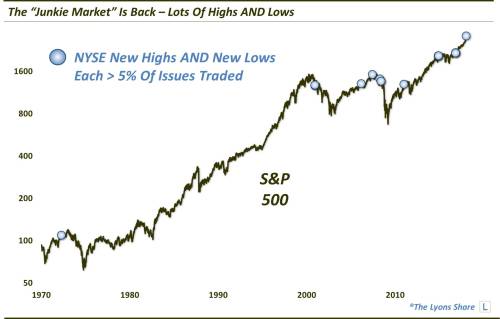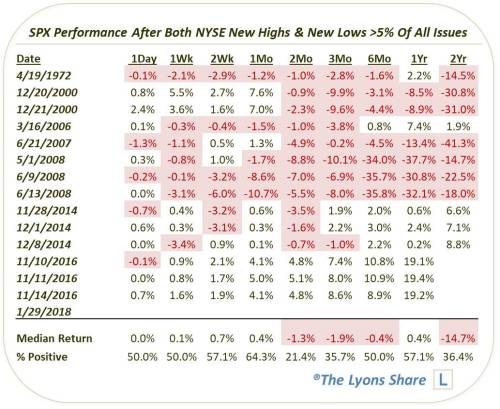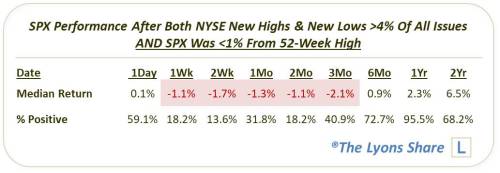Rep. Trey Gowdy (R-S.C.), chair of the House Oversight Committee, announced Wednesday that he will not run for reelection.
“There is a time to come and a time to go. This is the right time, for me, to leave politics and return to the justice system,” he said in a statement on Twitter.
Full Statement:
“Words cannot adequately express my gratitude to the people of South Carolina for the privilege of representing them in the House of Representatives. The Upstate of South Carolina has an incredible depth and breadth of assets including numerous women and men capable of representing us. I will always be grateful for the opportunity to serve in the People’s House and—prior to Congress—to advocate on behalf of justice in our court systems.
I will not be filing for re-election to Congress nor seeking any other political or elected office; instead I will be returning to the justice system. Whatever skills I may have are better utilized in a courtroom than in Congress, and I enjoy our justice system more than our political system. As I look back on my career, it is the jobs that both seek and reward fairness that are most rewarding.
There is no perfect time to make this announcement, but with filing opening in six weeks, it is important to give the women and men in South Carolina who might be interested in serving ample time to reflect on the decision.
To my wife, Terri, and our two children, Watson and Abigail: thank you for all you sacrificed, missed, or did alone so I could serve as both a prosecutor and a member of the House.
To my parents and my three sisters: thank you for having confidence in me and high expectations for me, even when I did not.
To the women and men I worked with at the South Carolina Court of Appeals, the United States District Court, the U.S. Attorney’s Office, the 7th Circuit Solicitor’s Office, and in Congress: thank you for the texture, depth and joy you added to life.
To the law enforcement officers and victims of crime: thank you for personifying courage.
To those across South Carolina and our country who, over the past 7 years, have expressed words of encouragement, accountability and even criticism: thank you. All are needed for those in public service.
The book of Ecclesiastes teaches us there is a time and a season for all things. There is a time to start and a time to end. There is a time to come and a time to go. This is the right time, for me, to leave politics and return to the justice system.“
* * *
Gowdy’s resignation is bound to court numerous rumors as the man at or near the center of all the various investigations and memos being slung around in Washington… but frankly, who can blame him for wanting out of that swamp!
via RSS http://ift.tt/2Gza79z Tyler Durden


 Donald Trump’s caused some role reversal in American politics.
Donald Trump’s caused some role reversal in American politics. Student-activists crashed a meeting of the Michigan State University Board of Trustees this morning. They were there to protest the decision to hire John Engler as the university’s interim president. (Engler’s predecessor, Lou Anna Simon, resigned in the wake of the
Student-activists crashed a meeting of the Michigan State University Board of Trustees this morning. They were there to protest the decision to hire John Engler as the university’s interim president. (Engler’s predecessor, Lou Anna Simon, resigned in the wake of the 





